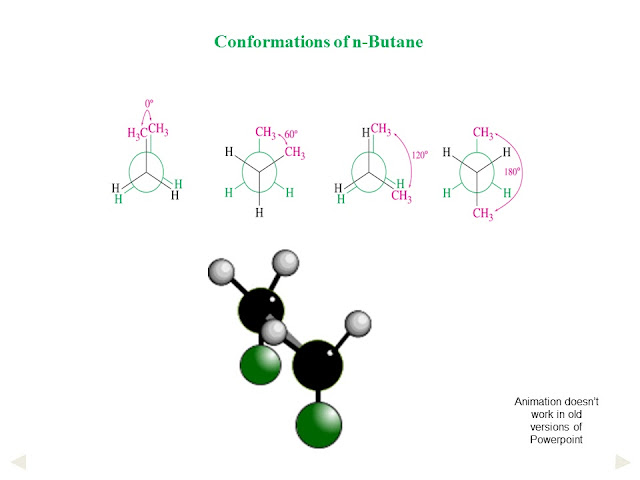Monday, 28 November 2016
Tuesday, 22 November 2016
MCQ Multiple Choice Question on Polycyclic Aromatic Hydrocarbon
Polycyclic Aromatic Hydrocarbon
- Which is the most probable main product of the following reaction ?
Answer:- b.
Electrophilic substitution on naphthalene occurs preferentially at C1/ α carbon.
----------------------------------------------------------------------------------------------------------------------------
2. Which is the most probable main product of the following electrophilic substitution reaction of napphthalene?
Answer:-a.
The most reactive site of naphthalene is C1 and remember that amino NH2 group is an activating, o,p-directing group in aromatic electrophilic substitution reaction; consequently, nitration occurs predominantly at C4 in this reaction.
----------------------------------------------------------------------------------------------------------------------------
3. Which is the most probable main product of the following reaction?
Answer:- d.Electrophilic substitution on anthracene occurs preferentially at C 9 carbon.
--------------------------------------------------------------------------------------------------------------------------
4. Which is impossible as a resonance contributor of anthracene.
Answer:- b.
In this structure two carbon atoms with five valencies.
----------------------------------------------------------------------------------------------------------------------------
5. Which of following is the most important resonance contributing structure of the
naphthalenium ion intermediate in an electrophilic substitution reaction
of naphthalene?
Answer:- a.
In this one of the benzene ring having benzenoid i.e sexted state, rest of structure not.
Thank you.
Sunday, 20 November 2016
Organometalic compound Organoboranes Reaction and Mechanisms
Organometalic compound
Organoboranes Preparation, Reaction and Mechanisms
Organoboron
compounds (organoboranes) are organic derivatives of borane
(BH3) and contain carbon-boron bonds.
Organoboranes can be
monoalkyl, dialkyl or trialkyl depending on the number of alkyl groups attached
to boron . For the dialkyl and trialkylboranes, the alkyl groups may be the same
or different.
Bonding
and Structure of Organoboranes
The C-B bond in organoboranes has low polarity (the difference
in electronegativity 2.55 for carbon and 2.04 for boron), and therefore alkyl boron
compounds are generally covalent.
Synthesis of Organoboranes
- Hydroboration Of alkenes
- Borylation of aryl halides
- Transmetallation
1. Hydroboration Of
alkenes
Hydroboration
is addition of borane (BH3) to the double or triple bond to form either
alkylboranes or alkenylboranes respectively. Reaction is carried out in THF solvent.
1. Organoboranes- Carbonylation
The reaction of organoboranes with carbon monoxide is caebonylation
Subscribe to:
Comments (Atom)













































